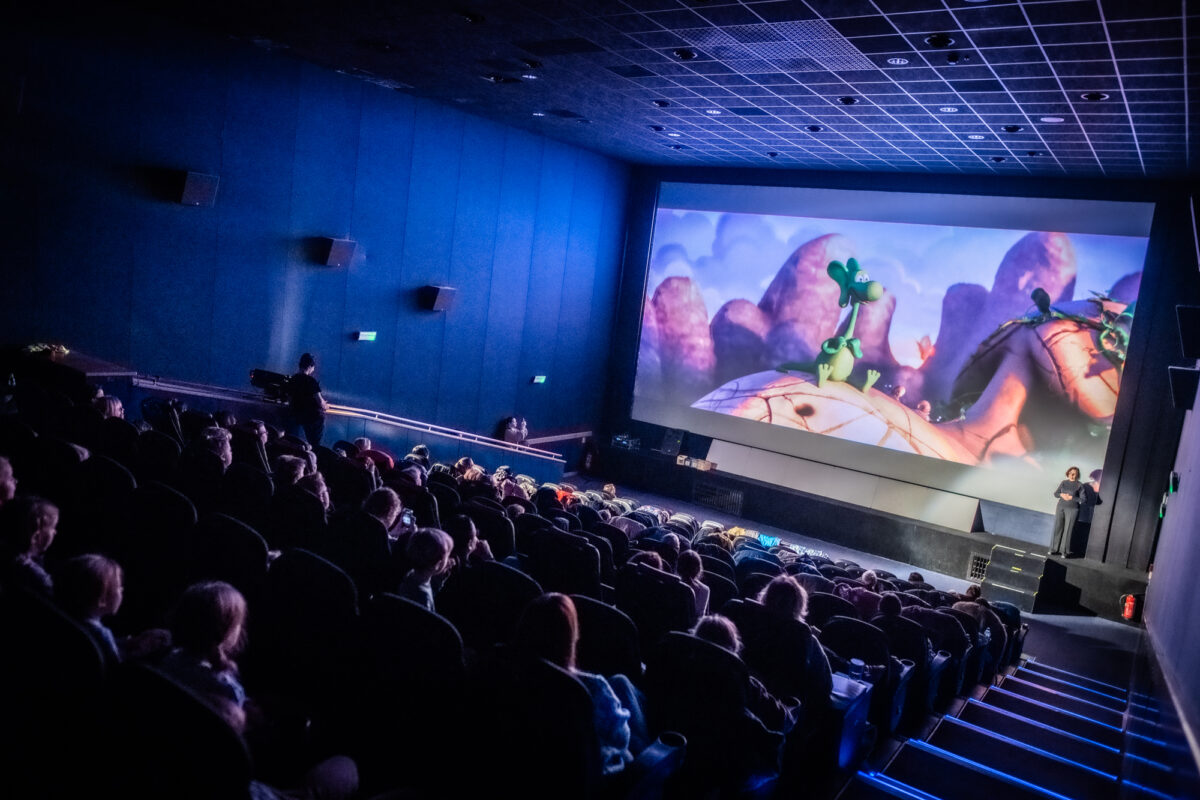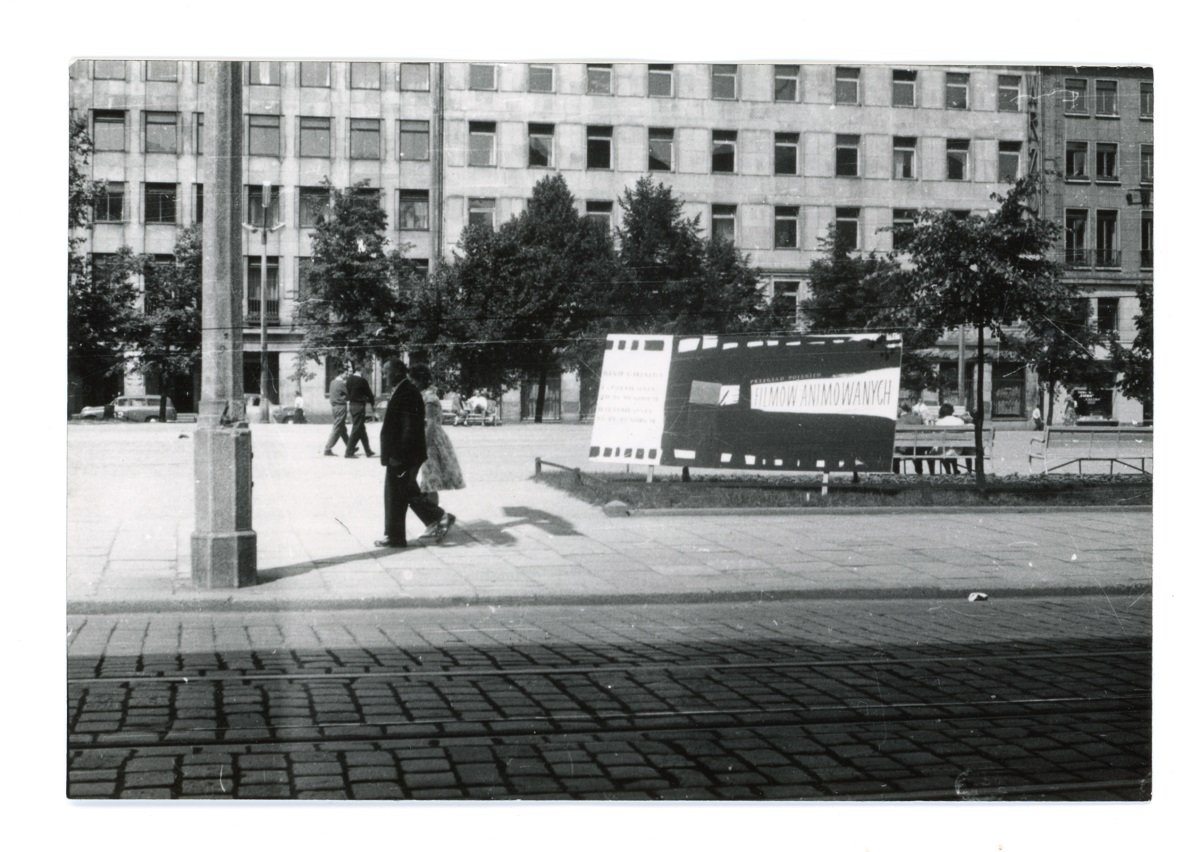
Submit a film to the Ale Kino Festival!
We have started recruiting films for the 43rd edition of Ale Kino!

Last year marked the 40th edition of the International Young Audience Film Festival Ale Kino! This year, however, the Festival is celebrating its 60th anniversary. How come? Explaining this discrepancy seems like the perfect opportunity to delve into the history of this event, which hasn’t always been known in the same form and under the same name as it is today.
Starting from the Review
The beginning of the Festival’s history is traced back to the year 1963. It was then, during the Poznań International Trade Fair, that the CFO branch ‘Filmos’ (CFO – that is, the Central Office of Educational Films) and the editors of Express Poznański newspaper organised the 1st Animated Film Review, intended to reach both children and adults (primarily educators, parents, and filmmakers). At the heart of the event were presentations of domestic productions, meetings of the filmmaking community with the public and educators, confrontations between filmmakers and audiences, and discussions around the knowledge of education and upbringing at the time. The film screenings were also accompanied by exhibitions of children’s work.
Being the only event of its kind in the country, the review was considerably popular. A year later, the 2nd edition was attended by 2,000 spectators. In 1965, the event took on a competitive character: from now on, known as the Animated and Children’s Film Review, it was not only a presentation of the latest productions, but also the place where the best film of the year was chosen, and where feature productions appeared alongside animations. The competition character of the event required introducing awards, giving birth to the Golden, Silver, and Bronze Goats trophy.
A nation-wide film festival
After four years, in 1969, the review evolved into a festival. Officially, a new target group appeared in its name: it was now the National Film Festival for Children and Youth. The event also expanded considerably in terms of its programme offerings. Films were now accompanied by concerts, exhibitions, seminars, and meetings with representatives of various communities not only from within the country but also from abroad. The festival now took place every two years, which is the direct reason for the numerical discrepancy between the edition numbers and the years of the event’s existence. This frequency also allowed for five editions to be held under the auspices of the Art for Children Biennale.
In 1986, the organisation of the Festival was entrusted to the National Arts Centre for Children and Youth (the former name of our Children’s Art Centre!). Two years later, the Festival would once again change its name. From there on, it was to function as the National Festival of Films and Television Shows for Youth. Documentary films were also allowed in the competition at the time. The new name did not last long; however, the record belongs to the name under which the event took place in 1992 – the Festival of Polish Films for Children and Youth.
Towards Ale Kino!
In 1994, the event was held… under a double name! The 13th National Film Festival for Children and the 1st International Film Festival for Children Ale Kino! took place simultaneously. As early as in 1996, an international jury was appointed to choose winning films as part of a competition showcasing productions from various countries around the world.
The current name, International Young Audience Film Festival Ale Kino!, was first used in 2001 and has stayed with us ever since. It was also at that time when the offer of fringe events began to expand significantly, inclusing workshops, conferences, as well as educational and artistic events. Since 2010, the Young Audience Film Festival Ale Kino! on Tour has also been held. As part of the initiative, Festival films (and additional activities) reach small towns and villages where access to cinemas is significantly limited. For several years, the Festival has also organised an accompanying event, Ale Kino! Pro, which provides a platform for debate between filmmakers and film educators and teachers.
As you can see, the Festival’s long history has been very dynamic, driven by the constant need to adapt to new audience expectations, the ever-changing film market, and the cultural landscape. Celebrating the 60th anniversary this year is a great opportunity to popularise our history, which teaches us that nothing is forever. Who knows, perhaps there are more inspiring changes awaiting us in the future?

We have started recruiting films for the 43rd edition of Ale Kino!

